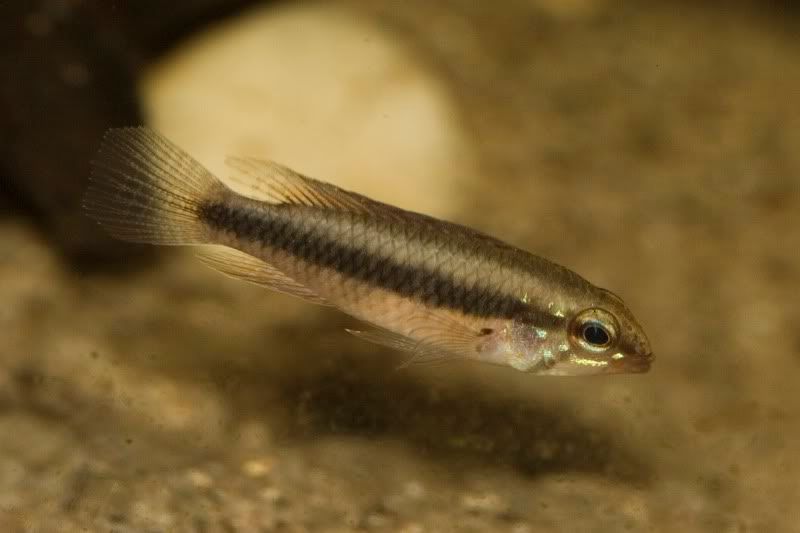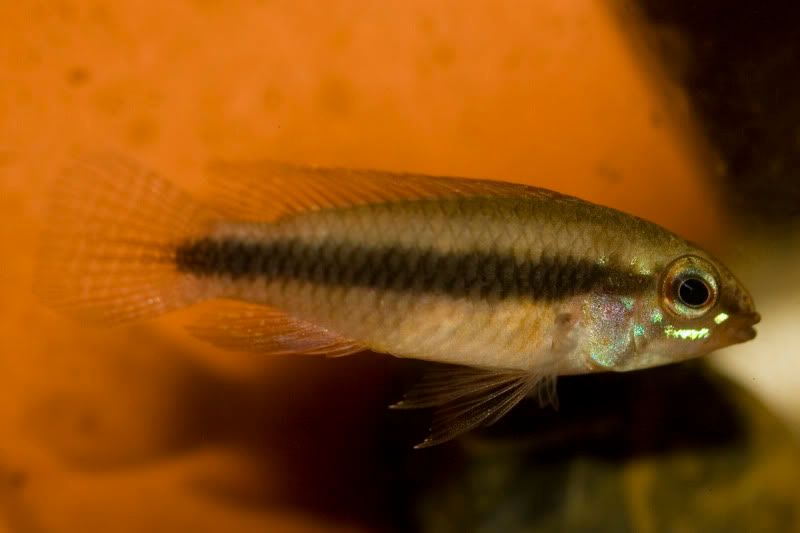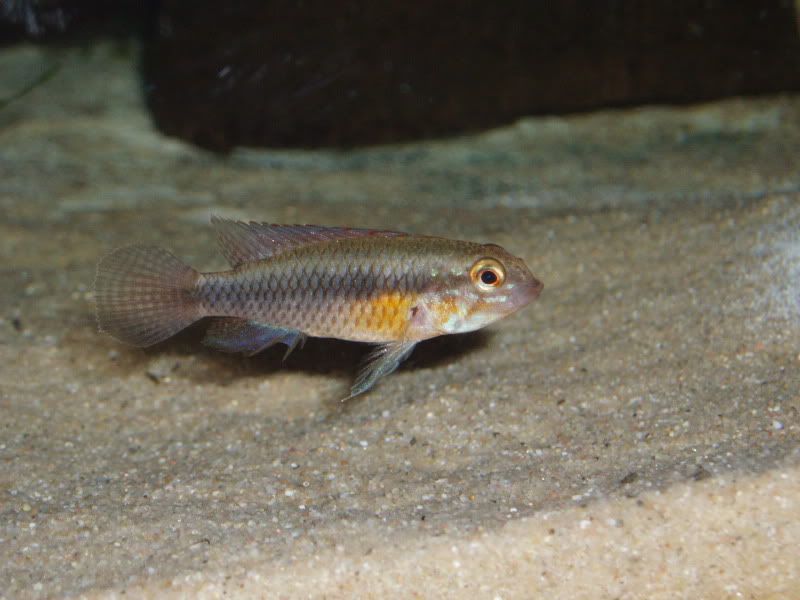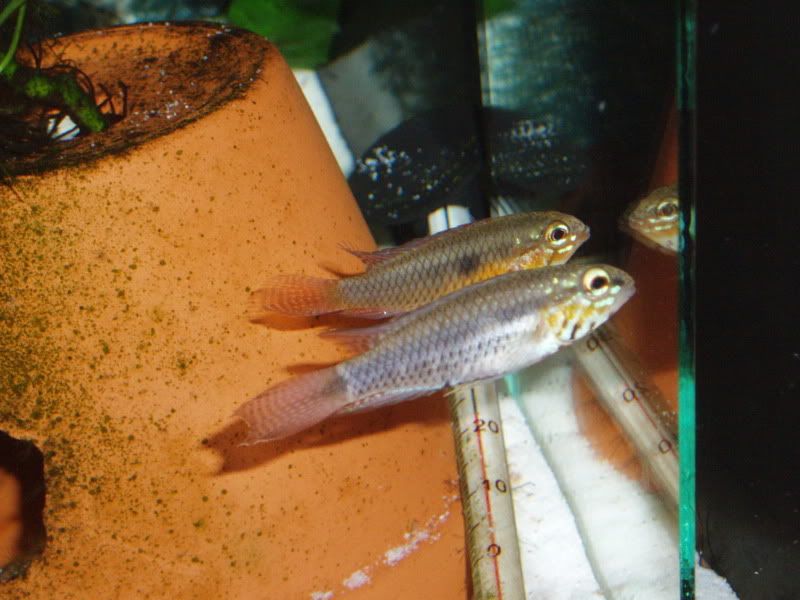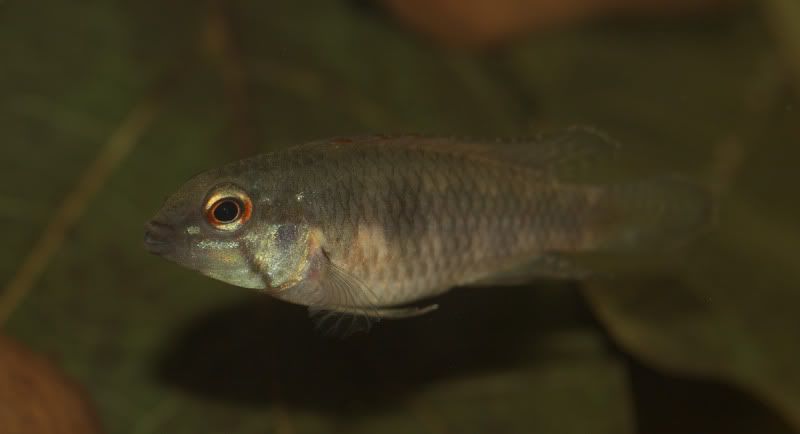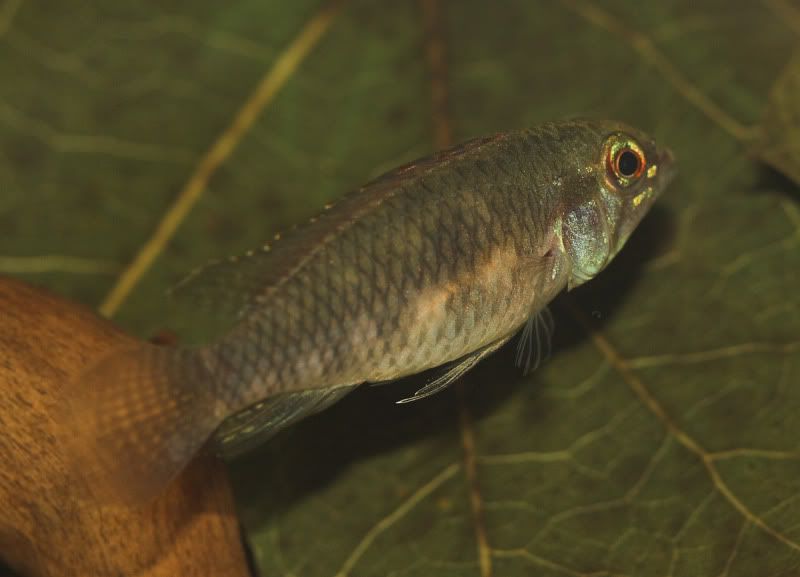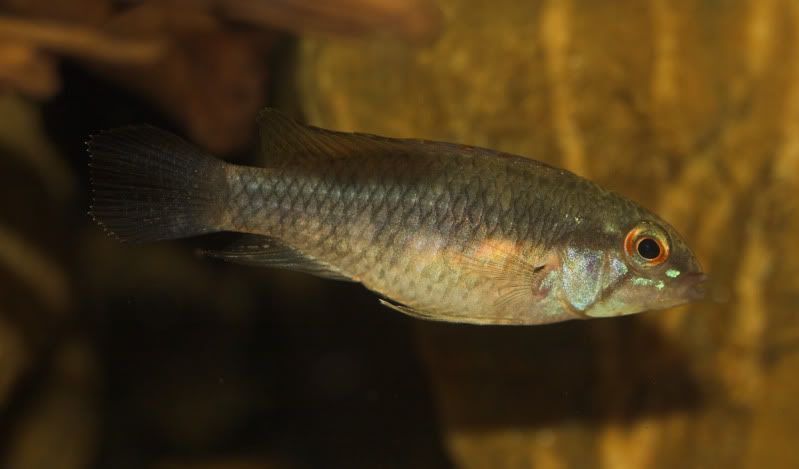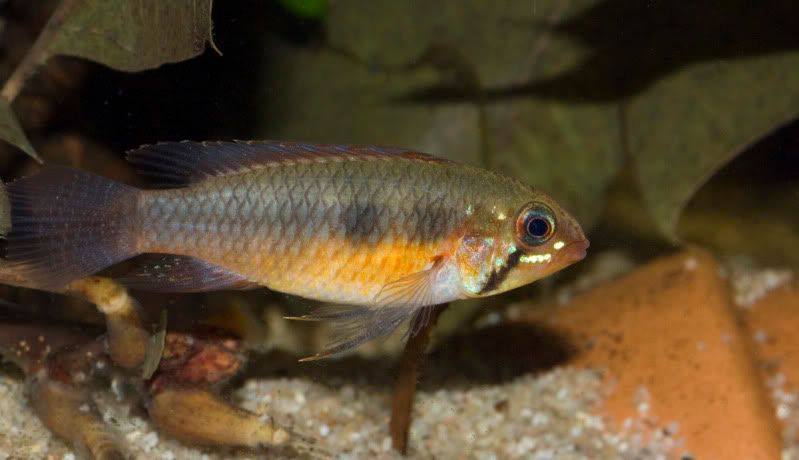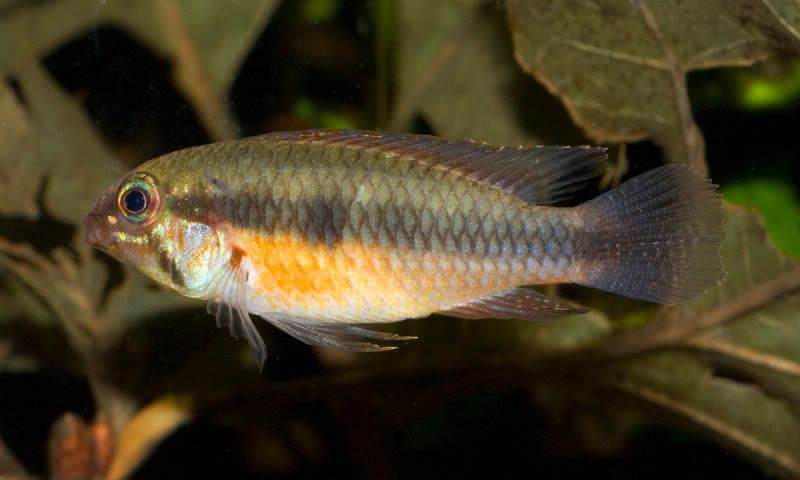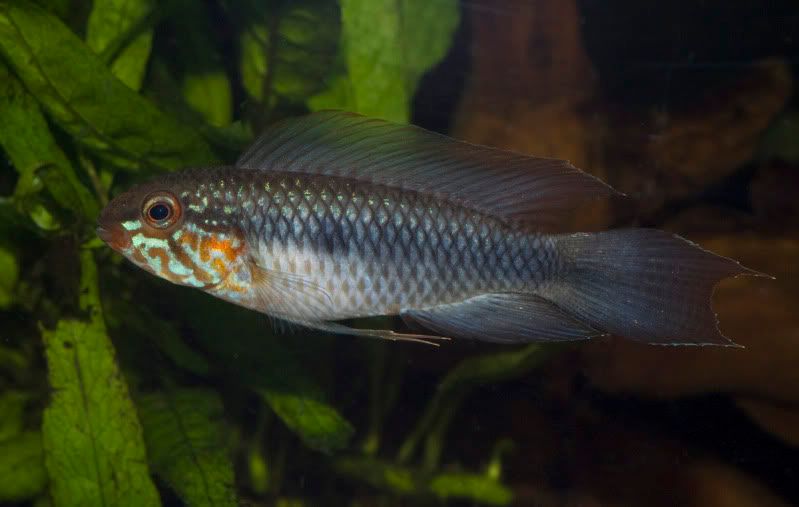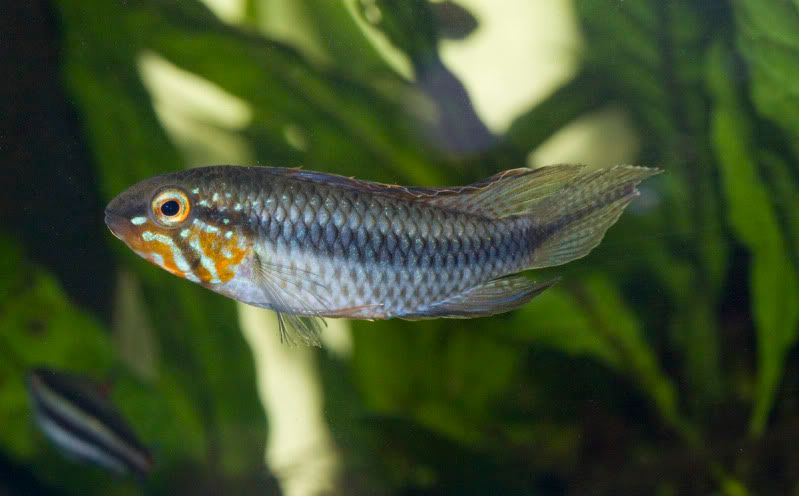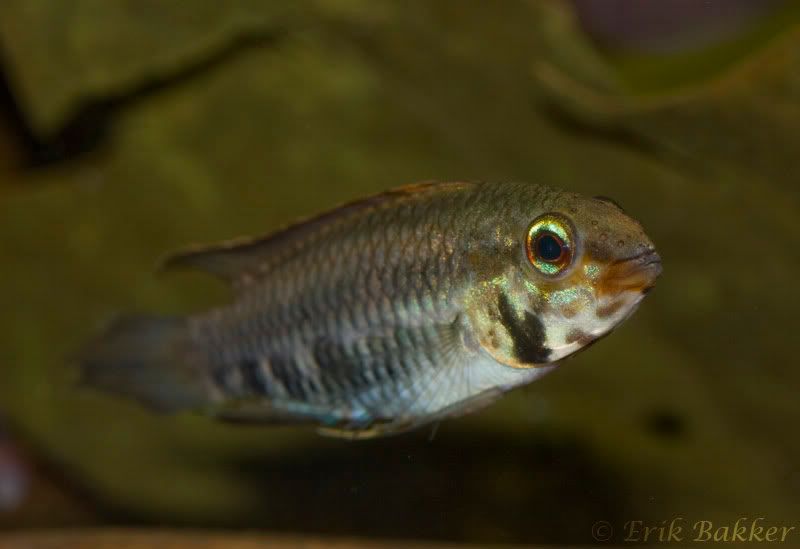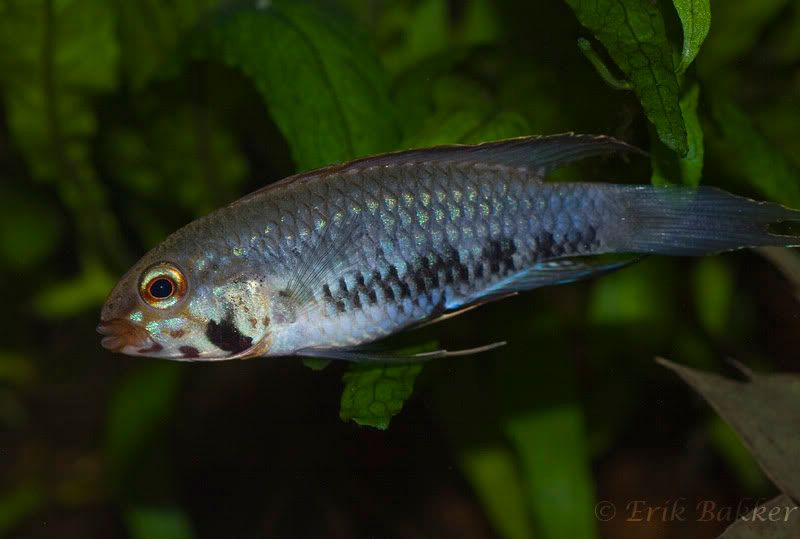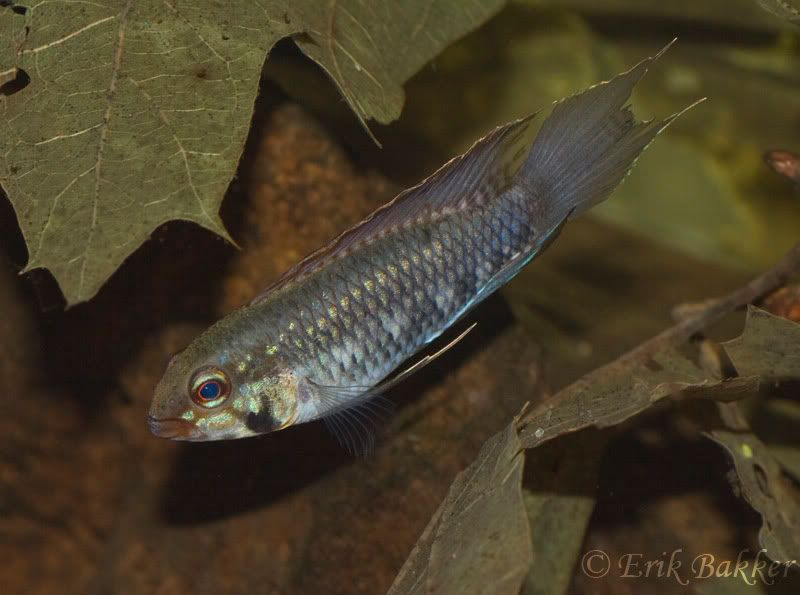- Messages
- 11,220
- Location
- Denver, Colorado, U.S.A.
In my opinion, A. sp. Blutkehl is a very different species from A. uaupesi. It actually is more similar to A. iniridae. The only major difference is in the shape of the caudal fin. It probably is a species intermediate between A. iniridae and A. uaupesi. As for the color forms of A. uaupesi, I don't know. The different populations haven't been thoroughly studied. The specimens with red face markings, for example, are found in several locations. I don't know if this form is mixed with more traditional forms in the same locations, but I would bet that they are. If so, then they are like A. borellii, where some specimens in most populations are more colorful than others. If populations exist that contain only 1 color form, then it is possible that color is species-related. We see this in some of the populations of A. caetei and A. cf. caetei, as discussed in a paper by Ready et al. These caetei populations, however, are in river systems that are separate from each other.
